In Paris, the number of wholesale businesses dropped by 77 percent in 20 years
Archive photo (2017): Passage du Caire in Paris, in the Sentier district. Credits: PHOTO12 / Gilles Targat / Photo12 via AFP Paris - According to a study released on Wednesday, the number of wholesale businesses located on the ground floor of buildings in Paris dropped by 77 percent between 2003 and 2023. This was due to the relocation of production, disturbances in the neighbourhood, and rising property prices in the French capital. These businesses, which catered to professional retailers, were long grouped geographically by sector of activity. These sectors included the Sentier (2nd arrondissement) and Sedaine-Popincourt (11th) for clothing and textiles, and Beaubourg-Temple (3rd) for jewellery, leather goods and shoes. The Atelier parisien d'urbanisme (Apur) study, using data from the 2023 business survey, noted that they occupied “more than 3,400 premises on the ground floor of Parisian streets in the early 2000s, but only 782 in 2023”. This change is mainly due to a “decline in manufacturing and clothing workshops, often located upstairs, which operated in synergy with the businesses located on the ground floor”. Apur noted that “with the liberalisation of imports and the elimination of textile quotas from the 2000s onwards, the large ready-to-wear chains abandoned the Sentier workshops for those located in Asia, where prices were much lower. As a result the clothing workshops gradually disappeared”. It estimates their number today at “less than 200” in the capital's 2nd arrondissement. In search of “larger and cheaper” premises, these businesses initially moved to the suburbs from the early 2000s. They moved in particular to Aubervilliers (Seine-Saint-Denis), and then to Tremblay-en-France with new dedicated facilities and close proximity to Roissy Charles-de-Gaulle airport. Wholesale businesses were also pushed out of Paris due to access, traffic, and parking difficulties. There were also complaints from local residents related to noise, and increased (cardboard) garbage. The new businesses were mainly replaced by retail businesses, divided between destination businesses (62 percent), local shops and services (17 percent) and bars, cafés and restaurants (21 percent). Over the past 20 years, several policies have been put in place by the city of Paris, particularly through the local urban planning scheme (PLU). The aim was to combat mono-activity and vacant premises, and to help re-establish local shops for the local population, Apur stressed. This article was translated to English using an AI tool. FashionUnited uses AI language tools to speed up translating (news) articles and proofread the translations to improve the end result. This saves our human journalists time they can spend doing research and writing original articles. Articles translated with the help of AI are checked and edited by a human desk editor prior to going online. If you have questions or comments about this process email us at info@fashionunited.com
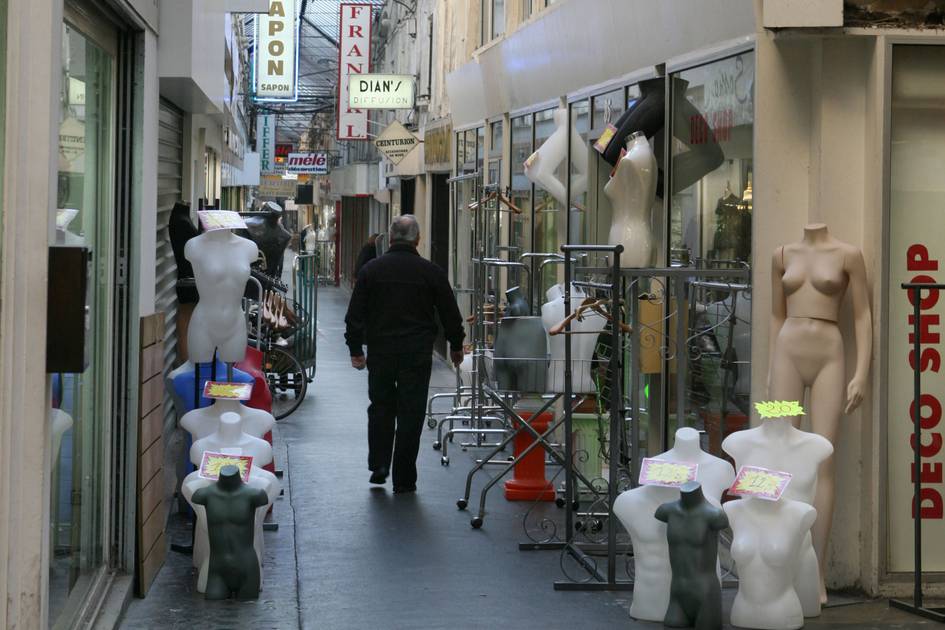
Paris - According to a study released on Wednesday, the number of wholesale businesses located on the ground floor of buildings in Paris dropped by 77 percent between 2003 and 2023. This was due to the relocation of production, disturbances in the neighbourhood, and rising property prices in the French capital.
These businesses, which catered to professional retailers, were long grouped geographically by sector of activity. These sectors included the Sentier (2nd arrondissement) and Sedaine-Popincourt (11th) for clothing and textiles, and Beaubourg-Temple (3rd) for jewellery, leather goods and shoes.
The Atelier parisien d'urbanisme (Apur) study, using data from the 2023 business survey, noted that they occupied “more than 3,400 premises on the ground floor of Parisian streets in the early 2000s, but only 782 in 2023”.
This change is mainly due to a “decline in manufacturing and clothing workshops, often located upstairs, which operated in synergy with the businesses located on the ground floor”.
Apur noted that “with the liberalisation of imports and the elimination of textile quotas from the 2000s onwards, the large ready-to-wear chains abandoned the Sentier workshops for those located in Asia, where prices were much lower. As a result the clothing workshops gradually disappeared”. It estimates their number today at “less than 200” in the capital's 2nd arrondissement.
In search of “larger and cheaper” premises, these businesses initially moved to the suburbs from the early 2000s. They moved in particular to Aubervilliers (Seine-Saint-Denis), and then to Tremblay-en-France with new dedicated facilities and close proximity to Roissy Charles-de-Gaulle airport.
Wholesale businesses were also pushed out of Paris due to access, traffic, and parking difficulties. There were also complaints from local residents related to noise, and increased (cardboard) garbage.
The new businesses were mainly replaced by retail businesses, divided between destination businesses (62 percent), local shops and services (17 percent) and bars, cafés and restaurants (21 percent).
Over the past 20 years, several policies have been put in place by the city of Paris, particularly through the local urban planning scheme (PLU). The aim was to combat mono-activity and vacant premises, and to help re-establish local shops for the local population, Apur stressed.
FashionUnited uses AI language tools to speed up translating (news) articles and proofread the translations to improve the end result. This saves our human journalists time they can spend doing research and writing original articles. Articles translated with the help of AI are checked and edited by a human desk editor prior to going online. If you have questions or comments about this process email us at info@fashionunited.com
This article was translated to English using an AI tool.














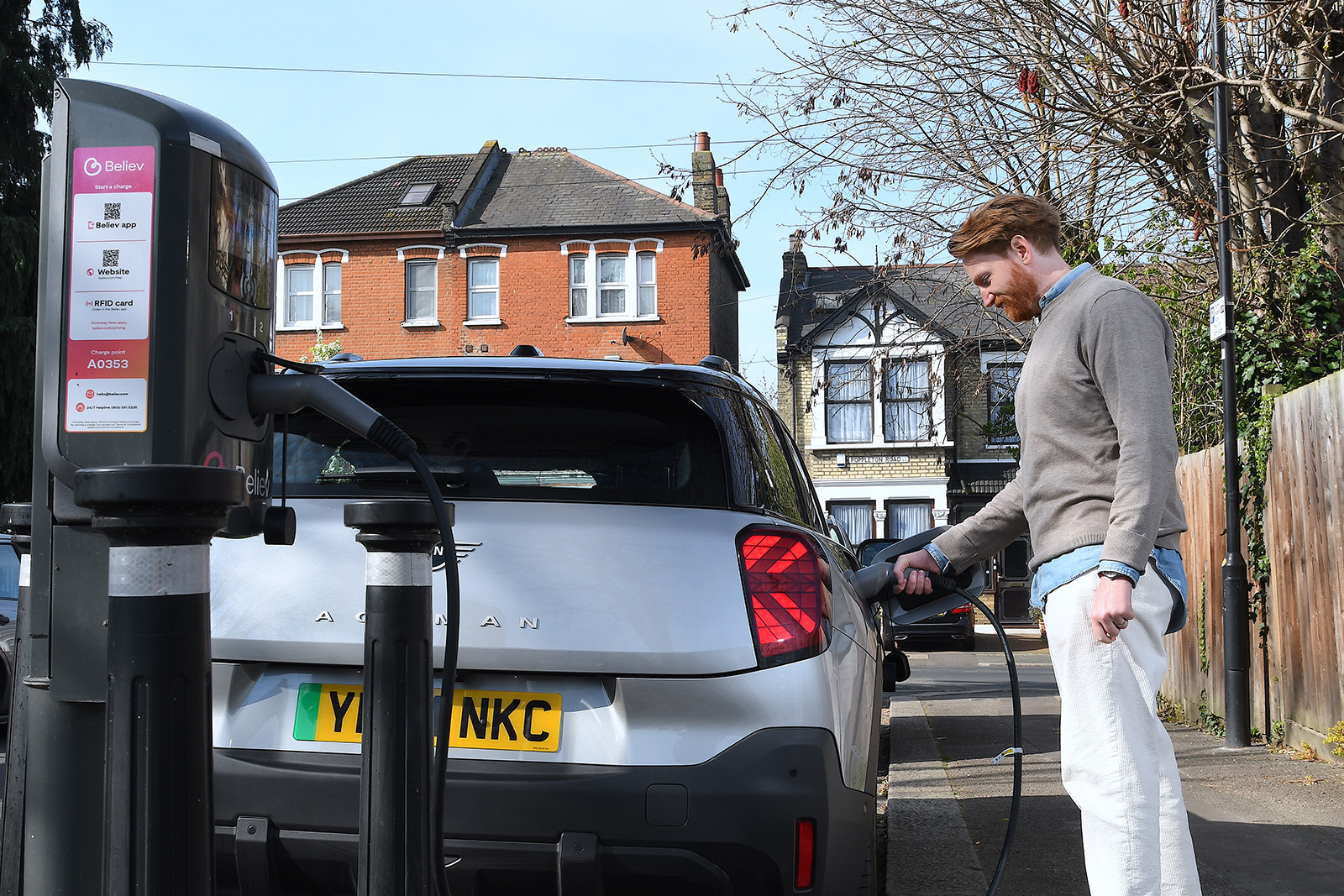





















































![[Podcast] Behind the Breakthroughs: How Almac Powers Clinical Trial Success with Care](https://imgproxy.divecdn.com/5lAJkli_KcGt1FSsw4EaegjgP76IHREqYEWbhNBJOXw/g:ce/rs:fit:770:435/Z3M6Ly9kaXZlc2l0ZS1zdG9yYWdlL2RpdmVpbWFnZS9CaW9QaGFybWFEaXZlXzEzNDZfeF83MjlfQXJ0d29yay5qcGc=.webp)

















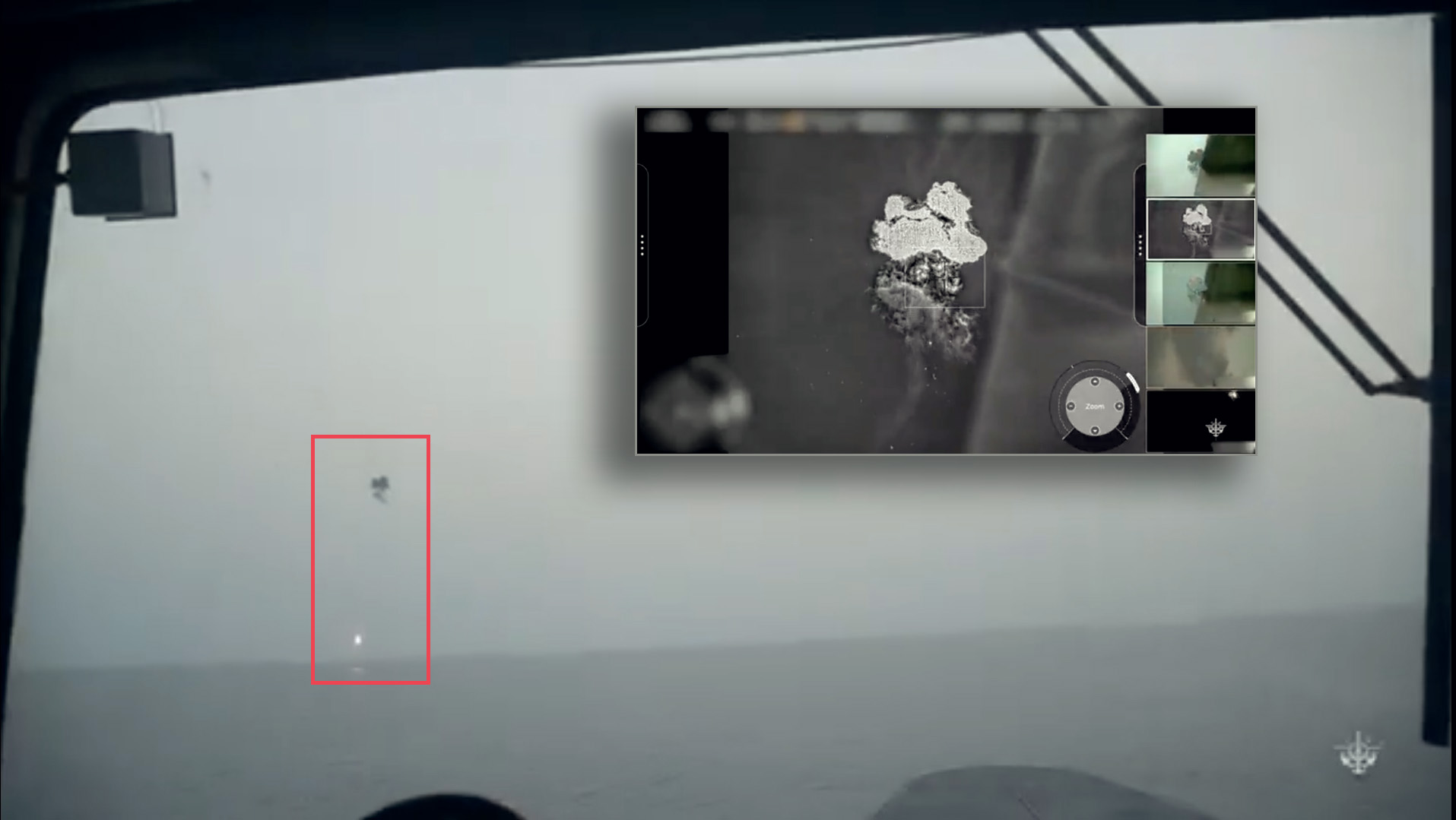































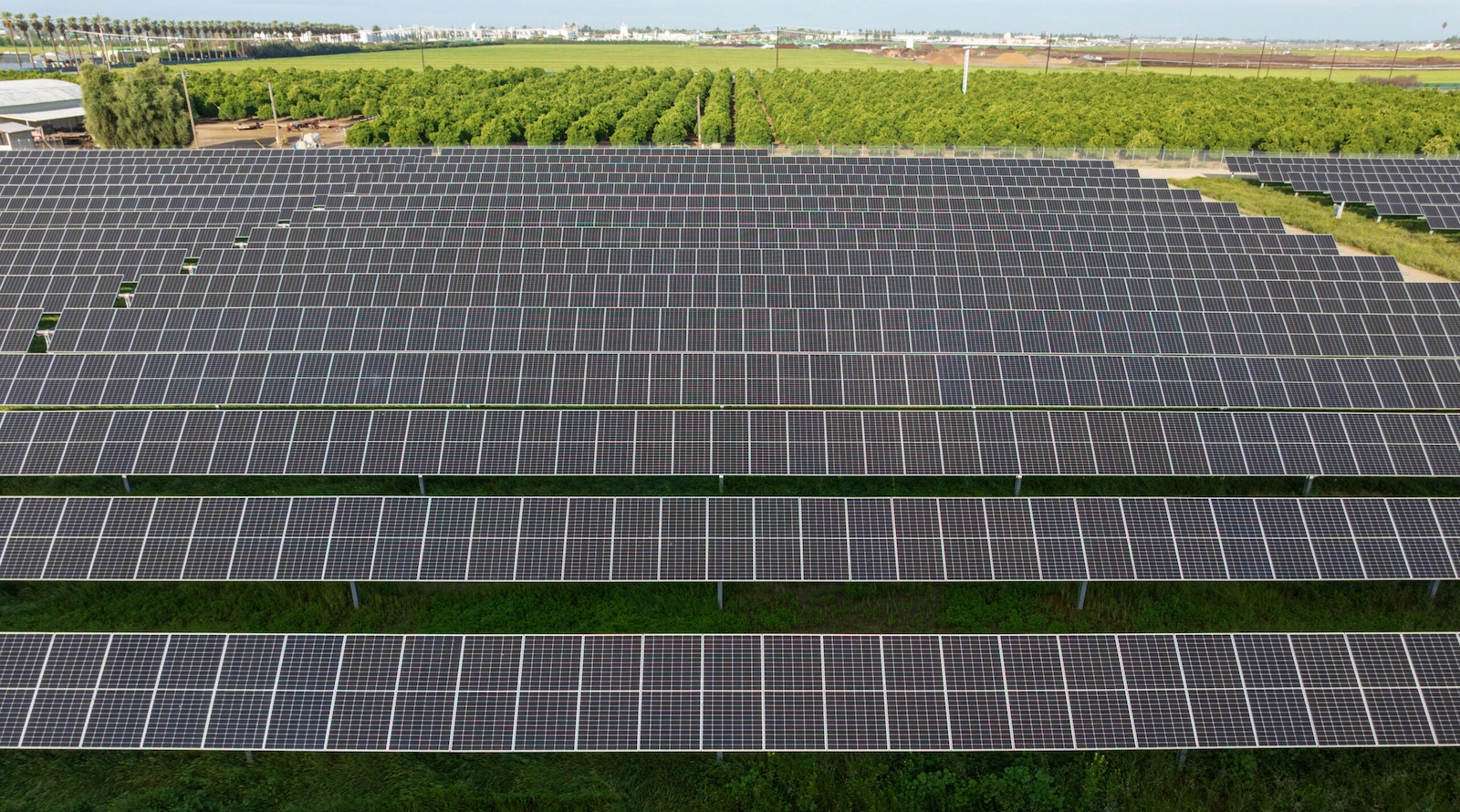






























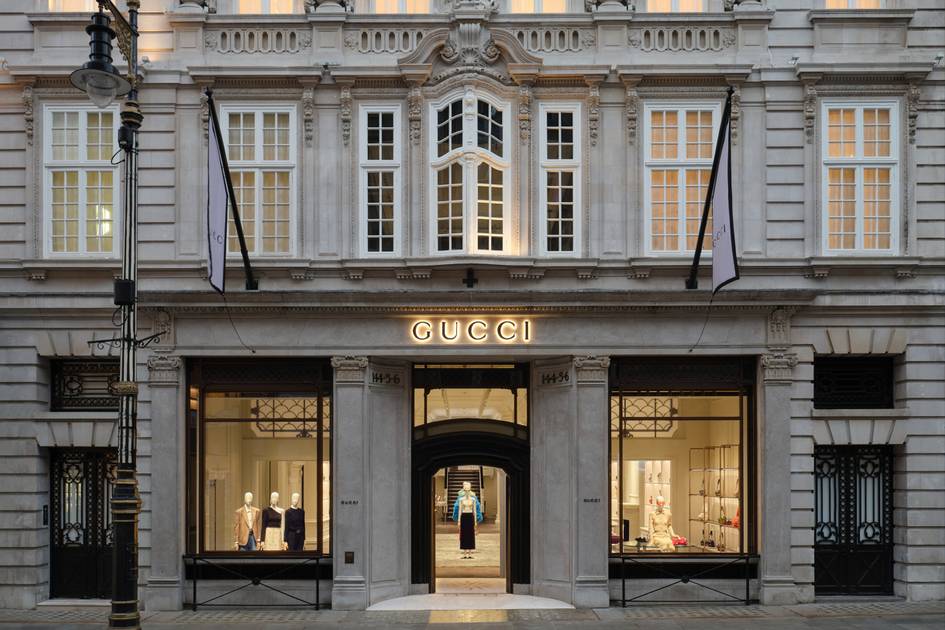
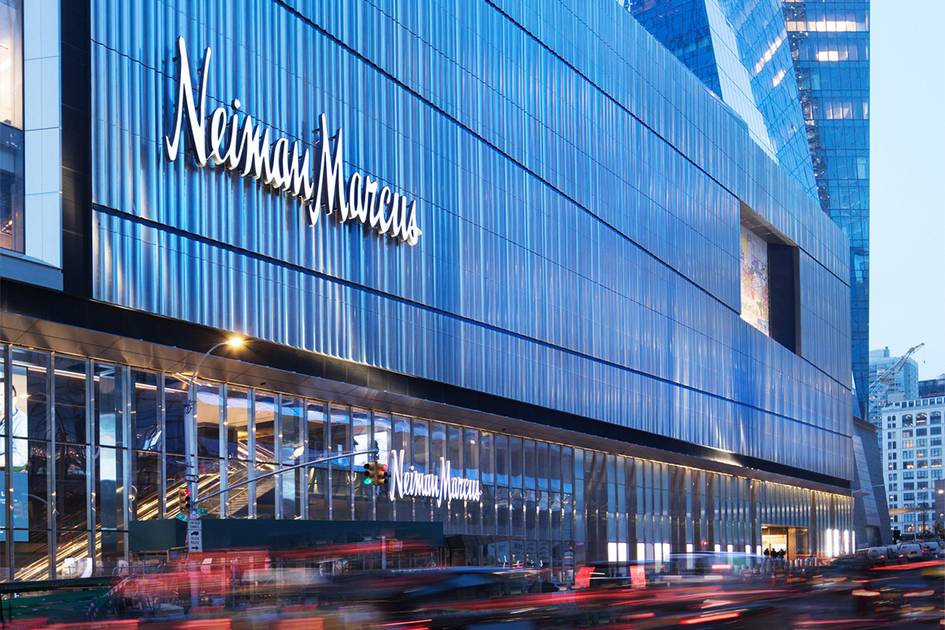
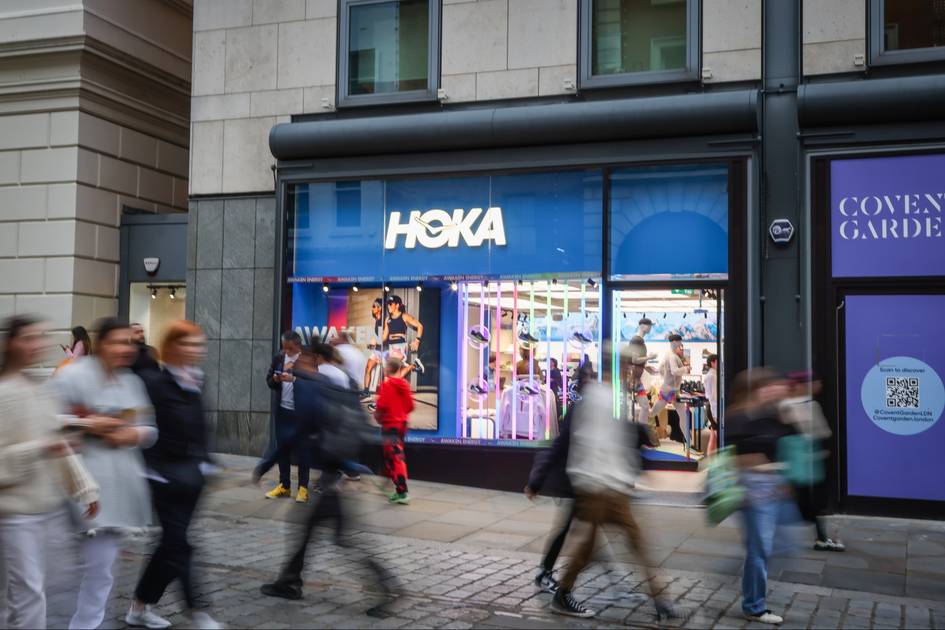


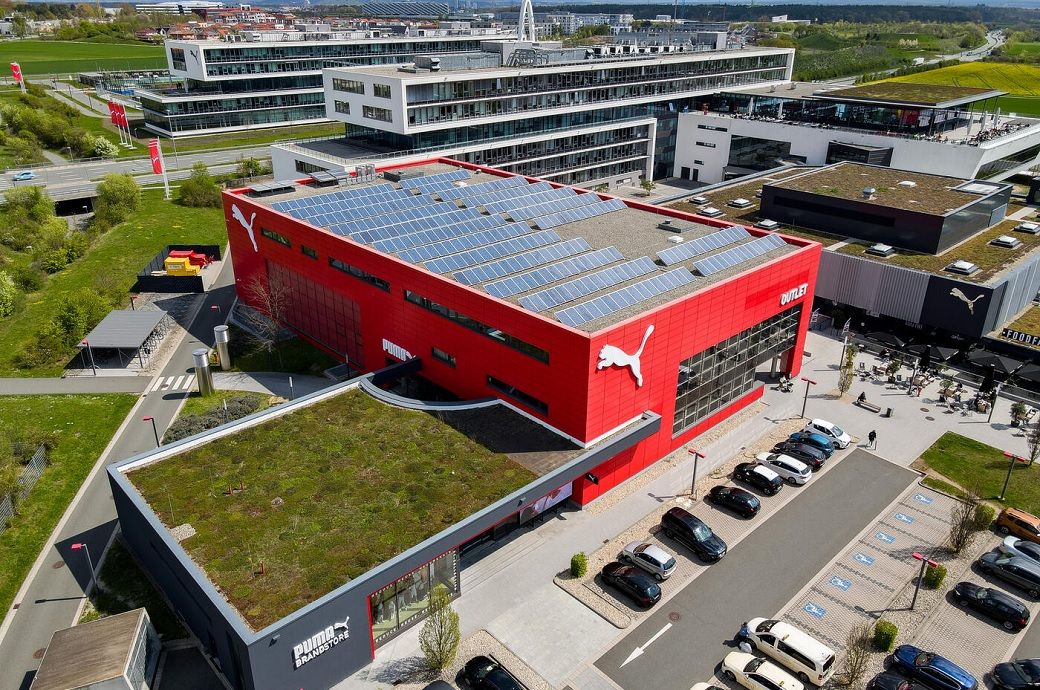








.jpg)








